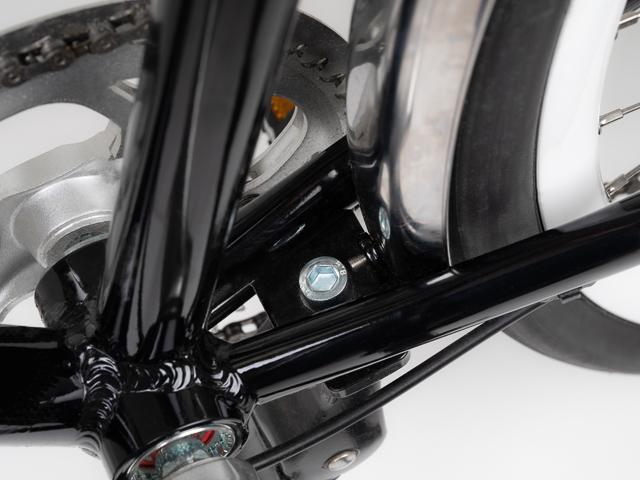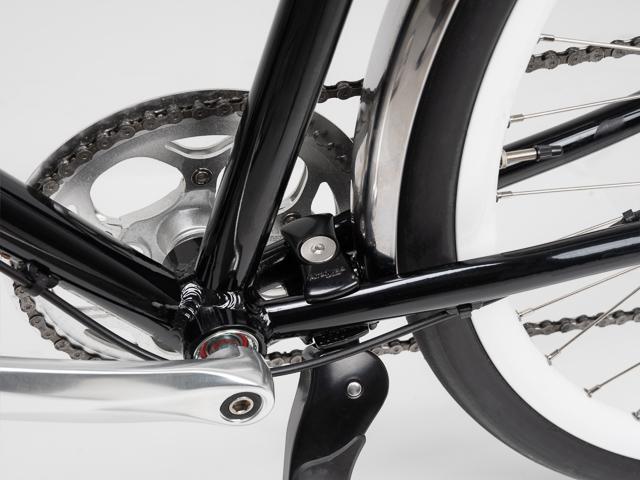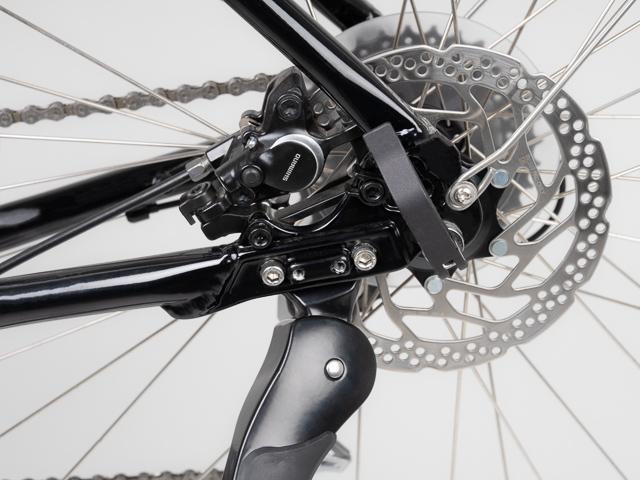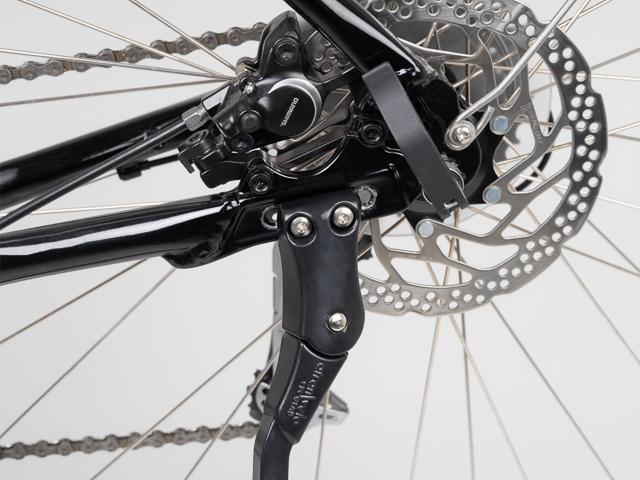Kickstand Guide
Keep your bike upright and steady with a kickstand from AtranVelo. Our selection includes options for riders of all levels, made with durable aluminum to last for years. Whether you’re a beginner or an experienced cyclist, we have the perfect kickstand for you. Not sure which one to choose? This guide can help you find the best fit for your bike. Don’t let a lack of a kickstand hold you back – upgrade today and enjoy the convenience and stability it provides.






